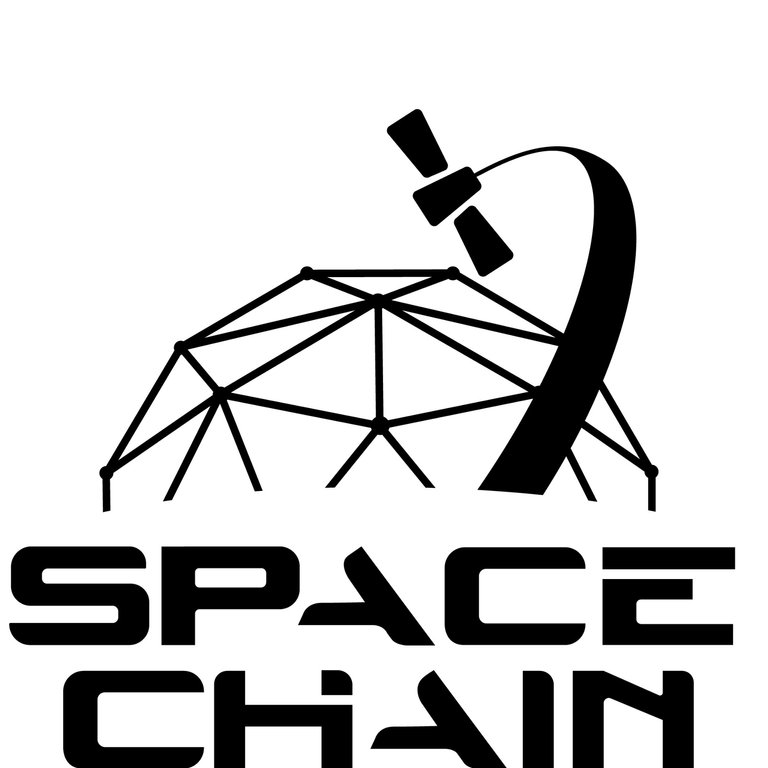
Space entrepreneur Jeffrey Manber has spotted technology trends earlier than most, and now he's looking to bring blockchain to space. He's an industry veteran. In the 1980s, Mr. Manber was tapped by the Reagan Administration to establish the Office of Space Commerce within the U.S. Department of Commerce, which meant that Mr. Manber helped to commercialize space efforts in America and around the world.
As CEO of NanoRacks, a solutions provider for space-based commercial projects, Mr. Manber now looks for innovation that could eventually become unicorns. One key involvement includes the SpaceChain Foundation (“SpaceChain”), a Singapore-based decentralised space agency that has attracted capital from venture capitalist Matthew Roszak, early bitcoin investor Tim Draper and former bitcoin core developer Jeff Garzik, among others.
SpaceChain has ambitious plans for space discovery and exploration, but it's initially focused on disrupting satellite communications by leveraging more efficient low-Earth-orbit (LEO) satellite systems. The Foundation (which recently established the SPC token) launched and tested the world's first blockchain node in space in February 2018. SpaceChain has built the world's first open-source satellite network, thereby, providing the public an innovative space platform for data transmission, storage and application development.
Mr. Manber brings significant horsepower to the team. He has been involved with Russian space ventures, space stations, space tourism and foreign policy — not to mention a long contact list. Texas-based NanoRacks provides suborbital services, internal payloads, satellite deployment, airlock modules and other technologies.
On February 2nd, SpaceChain's first node was launched by CZ-2D rocket from Jiuquan Satellite Launch Center located in the Gobi desert, China. The satellite was equipped with a Raspberry Pi hardware development board that runs a full-node program on the Qtum blockchain.
"The launch is a momentous step forward towards creating an open-source problem-solving model that optimizes collective intelligence," said CEO Zuo “Zee” Zheng. "We aim to revolutionize the space industry by enabling better utilization of space, accelerating discovery and enhancing access to new technologies across the industry."
So how can blockchain advance mankind's quest to explore the stars? It can be seen as one tool that can help futurists tackle a multitude of technical challenges. In a January 2018 speech at Draper University (his alma mater), Mr. Zheng said he hopes the blockchain-based network will help "build a problem-solving model to tackle the future’s greatest challenges using the power of blockchain in the space industry."
When it comes to satellite communications, industry giants have been known to restrict access to centralized systems and technology, in part due to security reasons. But the lack of access has also stifled innovation and led to project hurdles and inefficiencies. SpaceChain is bringing a transparent open-source satellite system that can be more widely used by more innovators, anytime and anywhere.
According to the team, its network a thousand miles above ground won’t require expensive ground- or space-based infrastructure. To learn more, visit www.spacechain.com.